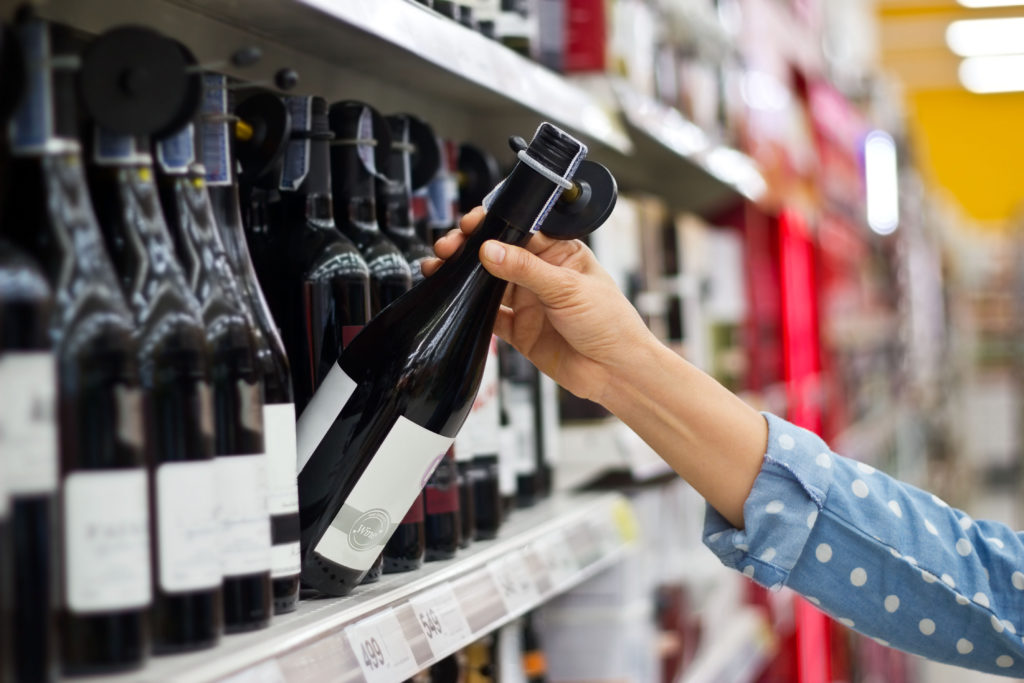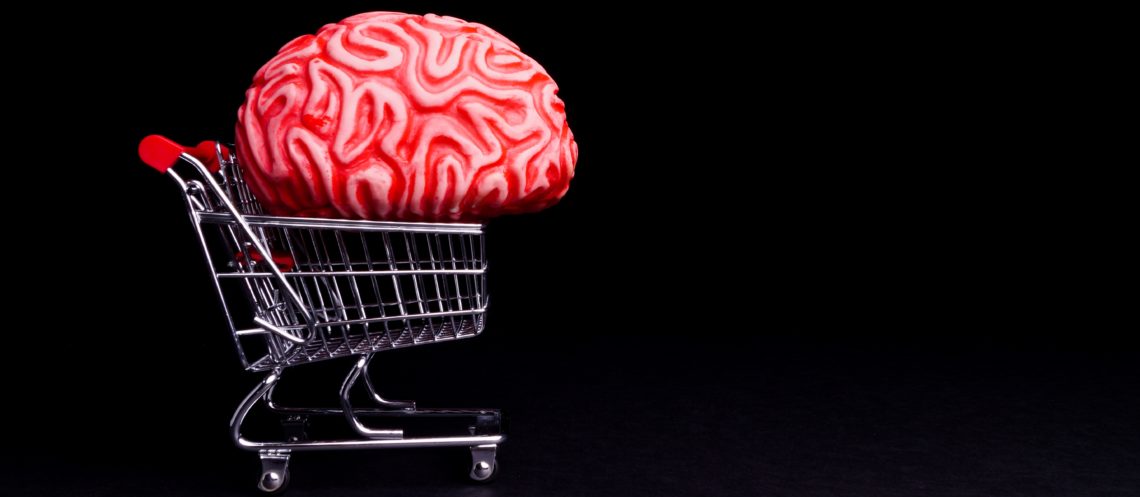This post is also available in: Deutsch
The classical economy assumes that we are always rational and driven by reason. Suppliers maximize their profits, and consumers maximize their benefits.
For some years, however, there are reasonable doubts about this assumption. And now it has been scientifically proven that the human brain not only doesn’t always work perfectly rationally, but is often completely irrational and unreasonable.
Effects of pricing psychology often lead to surprising results, which seem to contradict basic economic laws.
We don’t always strive to maximize profits or benefits, but sometimes content ourselves with satisfactory solutions. The research that led to this new insight was even awarded the Nobel Prize in 2002.
But what does that have to do with prices? Price plays a very important role in this respect. Effects of pricing psychology often lead to surprising results, which seem to contradict basic economic laws. At the same time, they have a considerable influence on the purchase decision, as the following examples show.

In the so-called “anchor effect,” the consumer looks for clues (i.e. anchors) for quality or the “correct” price of a product, if he can’t judge both. The most diverse information can serve as a price anchor.
So a dealer can offer a product very expensively with the aim on not selling this product, but rather to make another, adjacent product appear cheaper. The trick works.
The magic of the middle price range
In New York, taxis have a simple additional function on credit card payments on the card readers. Three buttons with three different tip presets: 20, 25 and 30 percent. Although a passenger is not required to pay these amounts and can enter a lower value himself, tips for taxi drivers increased from an average of ten to 22 percent. That corresponds to profit of EUR 144 million. Per year.
Another typical behavioral pattern among consumers is the “slope to the middle.” If there are two bottles of wine on the shelf, one for four euros, the other for seven, then 80 percent will buy the cheap variety. If the dealer offers another bottle for ten euros, then suddenly 60 percent buy the wine for seven euros.

The same effect can be observed every day in restaurants. The guests are shown the wine list and almost always a wine from the middle price range is chosen. Only rarely is the most expensive or the cheapest wine bought. The middle has an almost magical attraction.
This magic works stronger the lower the knowledge about the quality and price of the respective product is. Seen in this way, this buying behavior is even reasonably rational. By choosing the mid-priced product, consumers reduce both the risk of buying poor quality and the risk of paying too much.
Omit or order?
It also depends on the right selection model. This phenomenon was tried in experiments with pizza. A first offer includes pizza dough for five euros, each ingredient costing 50 cents extra and the total price a maximum of eleven euros. A second offer includes pizza including all ingredients for eleven euros, the omission of ingredients saving 50 cents each. The second offer had on average more than three ingredients more on the pizza than were placed with the first offer.
These examples show how important psychological effects can be for the design of price and supply. Even small structural changes can have significant impact on sales and profits without increasing costs.




